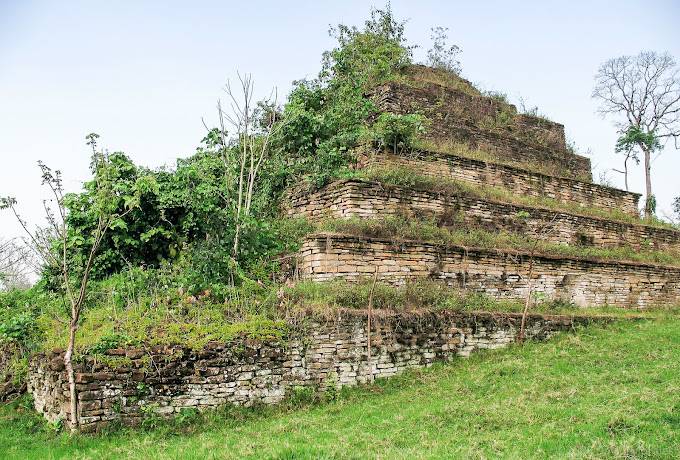The Zona Arqueológica de Paxil: A Testament to Totonac Civilization
The Zona Arqueológica de Paxil, located in the vicinity of Misantla, Veracruz, Mexico, stands as a significant testament to the Totonac civilization that flourished between 450 and 1500 A.D. during the Postclassic period. Despite its historical significance, the original Totonac name of this site has been largely forgotten, and it is now commonly referred to as Morelos in the Misantla region. Interestingly, the site is mentioned in the ancient Mayan text, the Popol Vuh, as a mythical place from which all types of corn originate, highlighting its cultural importance in Mesoamerican mythology.
Get your dose of History via Email
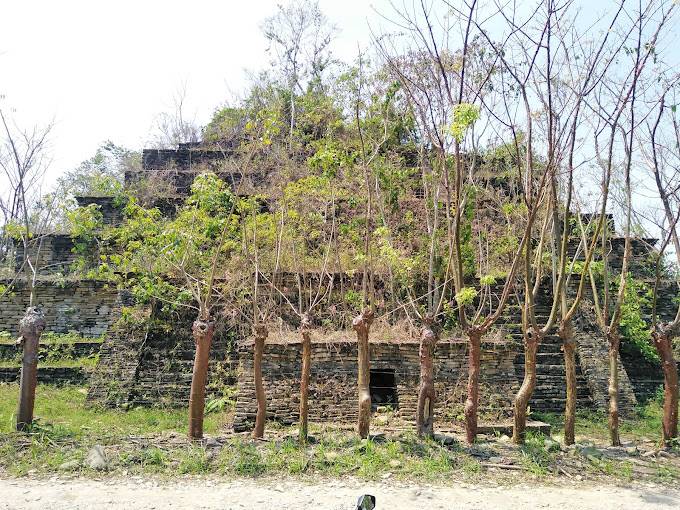
Must-See Buildings at Cueva de las Manitas (Little Hands Cave)
The archaeological site encompasses at least 577 structures, with only fifty having been excavated and made accessible to the public. These structures are distributed across various plazas, offering a glimpse into the architectural prowess of the Totonac people.
Among the most notable structures are two Mesoamerican ball courts and the Pyramid “I,” which is the tallest structure within the complex. Another significant building is “D,” along with La Palma, which is named after a figure found there that resembles a palm. Building A, located towards the eastern rear of the site, is one of the most aesthetically pleasing pyramids, with remnants of stucco still preserving some of its original red and blue colors. Its northern facade reveals a subterranean passageway measuring 15.2 meters in length, leading to a staircase of 21 steps that ascend to a platform.
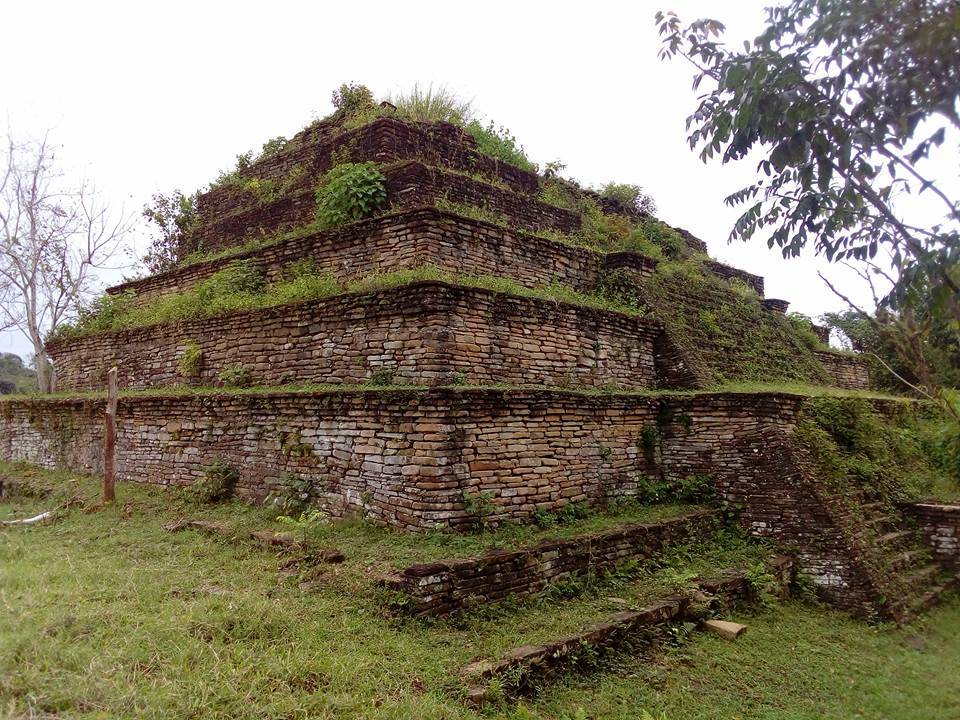
Conservation Efforts and Historical Exploration
In November 1990, a pivotal moment for the preservation of Paxil occurred when students from Ignacio Mejía middle school in Misantla wrote to the president of Mexico, requesting the reconstruction of the ruins at Paxil and Los Idolos. The federal government, through the National Institute of Anthropology and History (INAH), decided to invest in the conservation of Paxil, which, unlike Los Idolos, is located on private property away from direct urban encroachment. This initiative, led by archaeologist J. Omar Ruiz Gordillo, was recognized with INAH’s Annual Prize in 1996, underscoring the national commitment to preserving Mexico’s archaeological heritage.
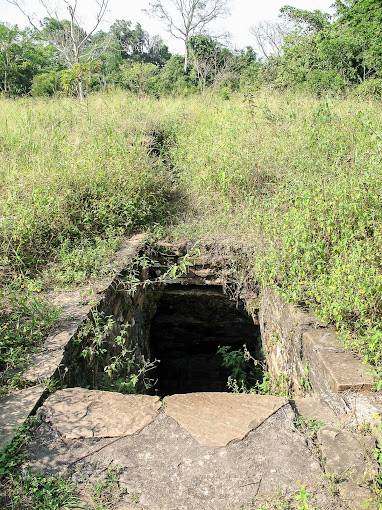
The first Mexican archaeologist to explore Paxil was José García Payón, who visited the site in 1939-1940. However, the site had already been mentioned by the German explorer Hermann Strebel in his 1884 publication, “Ruinen aus der Misantla.” The site’s name, Paxil, which translates to “river of rubble” in English, is situated approximately 10 kilometers northeast of Misantla. It is worth noting that while García Payón linked Paxil to the location mentioned in the Popol Vuh, there is a possibility that the text refers to a different site in Colotenango, Guatemala.

Architectural and Cultural Significance
The architectural layout and the structures within the Zona Arqueológica de Paxil offer invaluable insights into the Totonac civilization’s societal organization, religious practices, and daily life. The presence of ball courts, for instance, underscores the importance of the Mesoamerican ballgame in religious and social contexts. Similarly, the intricate designs and preserved colors on structures like Building A reflect the artistic sensibilities and technological capabilities of the Totonac people.
The conservation efforts and archaeological explorations at Paxil not only serve to protect this invaluable cultural heritage but also provide a window into the rich history of the Totonac civilization and its contributions to Mesoamerican culture. As research and excavation continue, it is hoped that further light will be shed on the mysteries of Paxil, offering deeper understanding and appreciation of this ancient city.
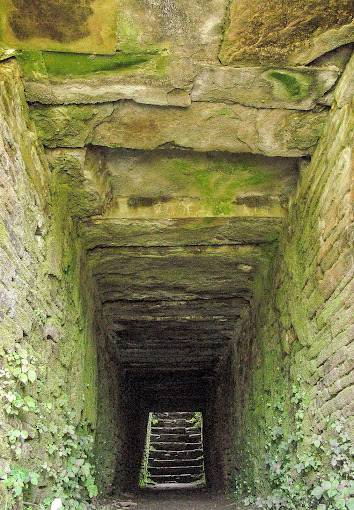
Sources:
Photo Credit
Photo Credit
Photo Credit
Photo Credit
Photo Credit
Photo Credit
Programa Destinos Mexico
Misantla

